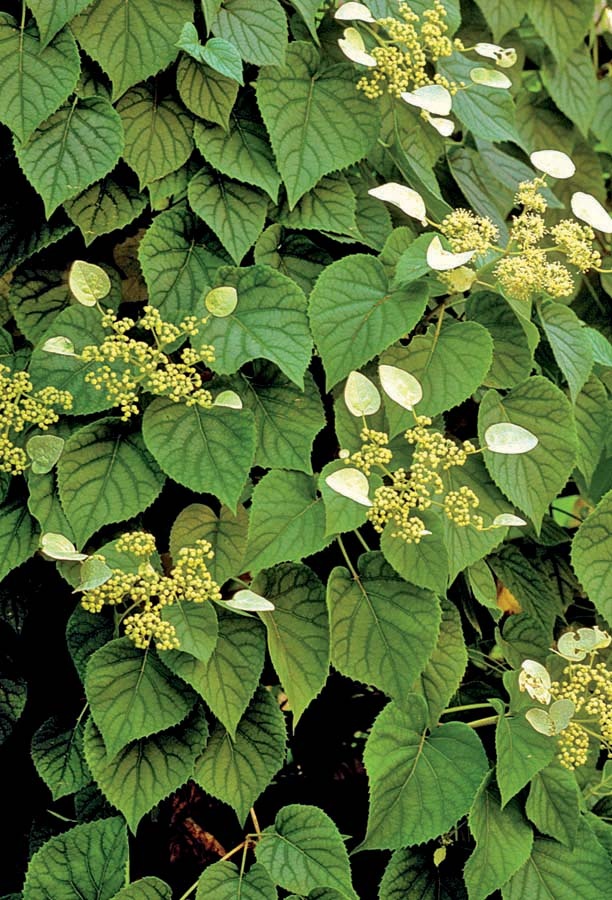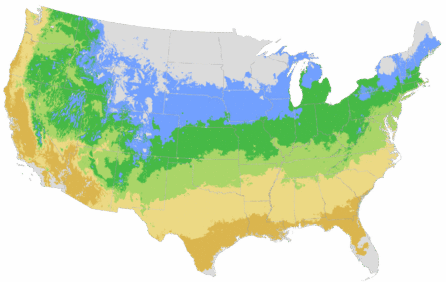You're growing in this Zip Code:
Change LocationDiscover Plants for Your Area
Moonlight Chinese Hydrangea Vine
Schizophragma hydrangeoides 'Moonlight'
Retailers Near You
No Retailers found within 100 miles of your zipcode
Be Inspired: How to Use this Plant
| Bloom Time | Summer |
|---|---|
| Deciduous/Evergreen | Deciduous |
| Special Features | Dramatic Foliage Color, Easy Care, Fall Color |
| Growth Rate | Slow |
| Growth Habit | Climbing |
| Flower Attributes | Fragrant, Showy Flowers |
| Landscape Use | Espalier, Privacy Screen, Ground Cover |
| Flower Color | White |
| Foliage Color | Green |
| Foliage Fall Color | Yellow |
| Companion Plants | Azalea (Azalea); Camellia (Camellia); Japanese Forest Grass (Hakonechloa); Rhododendron (Rhododendron); Astilbe (Astilbe) |
| Care Instructions | Thrives in humus-rich, moist soils. Provide support such as a trellis, arbor, or large tree for self-adhering stems to climb. Water deeply, regularly during the first growing season to establish an extensive root system; reduce frequency once established. Fertilize when new growth begins in spring. Prune annually to control size. |
| Lore | The genus name Schizophragma comes from the Greek for "divided wall", referring to the split walls of its fruiting structure. Schizophragma species are in the Hydrangea family. While their flower showy flower heads somewhat resemble that of lacecap hydrangeas which are superficially close to the climbing hydrangeas, the flowers of Schizophragma can offer a greater presence to the shaded garden. |
| Bloom Time | Summer |
|---|---|
| Deciduous/Evergreen | Deciduous |
| Special Features | Dramatic Foliage Color, Easy Care, Fall Color |
| Growth Rate | Slow |
| Growth Habit | Climbing |
| Flower Attributes | Fragrant, Showy Flowers |
Retailers Near You
No Retailers found within 100 miles of your zipcode
Retailers Near You
No Retailers found within 100 miles of your zipcode
Buy Online
We cannot currently ship this product to your zip code.
About Us
We have been pioneers and craftsmen in the art of growing plants for nearly
100 years. Since our founding in Southern California by Harry E. Rosedale, Sr.
in 1926, we have been absolutely dedicated and obsessed with quality.
We have been pioneers and craftsmen in the art of growing plants for nearly 100 years. Since our founding in Southern California by Harry E. Rosedale, Sr. in 1926, we have been absolutely dedicated and obsessed with quality.









